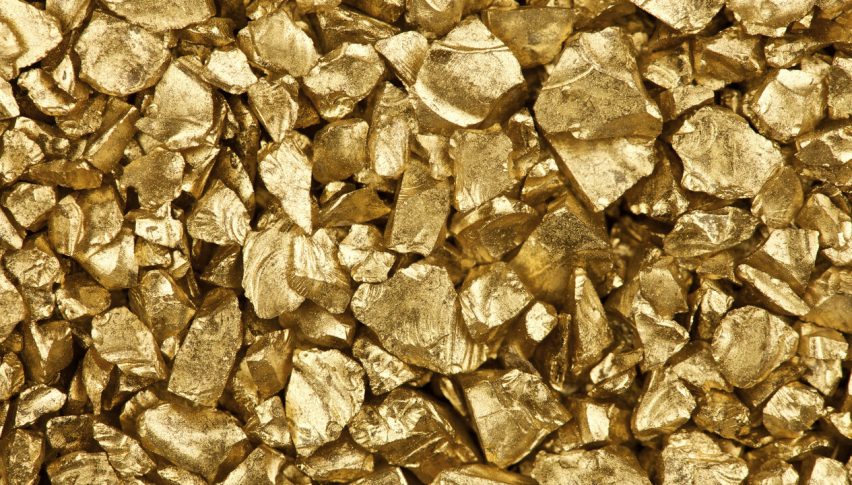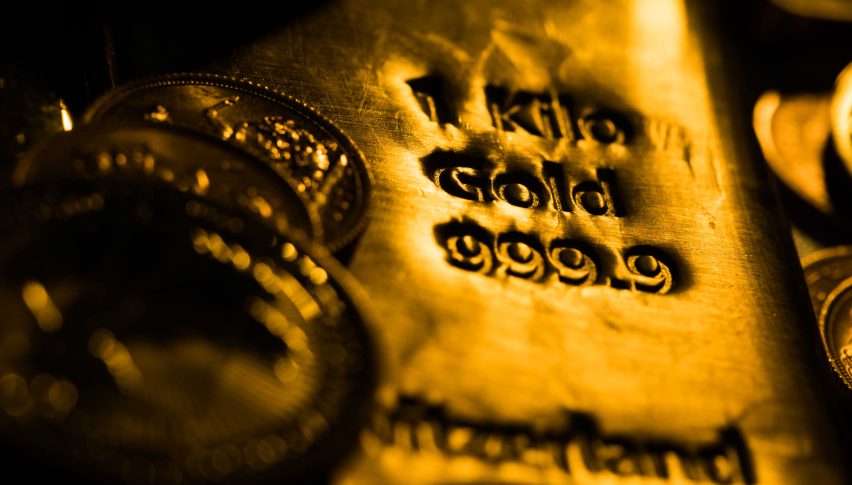Central Banks Gold Rush Cools After Historic Surge
entral banks and jewelers cut their gold purchases in the second quarter as the driving forces behind a sharp rally slowed down due to consecutive record-high prices

Quick overview
- Central banks and jewelers reduced gold purchases in Q2, with central bank buying down one-third from Q1, marking the lowest first-half purchases since 2022.
- Gold prices surged over 25% this year, driven by a weaker dollar and increased investor demand amid geopolitical tensions, despite a recent price stabilization.
- Surveys indicate that 95% of central banks expect to increase their gold reserves in the coming year, reflecting ongoing confidence in gold as a safe asset.
- While demand for investment bars and coins remains stable, gold jewelry demand in mainland China fell by 45% compared to the previous quarter.
Central banks and jewelers cut their gold purchases in the second quarter as the driving forces behind a sharp rally slowed down due to consecutive record-high prices. According to data prepared for the World Gold Council, a trade organization, central banks bought 166.75 tons during the three months, one-third less than in the first quarter, making the first-half purchases the lowest since 2022.

The current central bank demand forecast for 2025 is approximately 815 tons of gold. As the dollar weakened against other currencies and investors sought safety amid U.S. President Donald Trump’s trade wars, gold prices increased by over 25% this year, with institutional investors playing a significant role in this rally. While traders await a catalyst to trigger further gains, gold has mostly remained within a range since reaching a record high of $3,500 in April. Surveys of central banks indicate that they are likely to continue accumulating gold. A survey revealed that 95% of these institutions expect global central bank reserves to increase in the coming year.
Following the invasion of Ukraine, purchase rates for gold doubled as its benefits as a hedge against political risks became evident, especially after Russia’s foreign exchange reserves were frozen. Additionally, small, unnoticed purchases in over-the-counter markets contributed to the higher overall demand for gold this quarter. Despite rising prices, investors are purchasing more gold than before.
According to the World Gold Council (WGC), total gold purchases increased by 45% year-over-year to $132 billion.
The world’s largest bullion market has experienced a significant shift, largely due to the impacts of the trade war with China. While the demand for investment bars and coins has remained relatively stable, demand for gold jewelry in mainland China dropped by 45% compared to the previous quarter.
- Check out our free forex signals
- Follow the top economic events on FX Leaders economic calendar
- Trade better, discover more Forex Trading Strategies
- Open a FREE Trading Account


